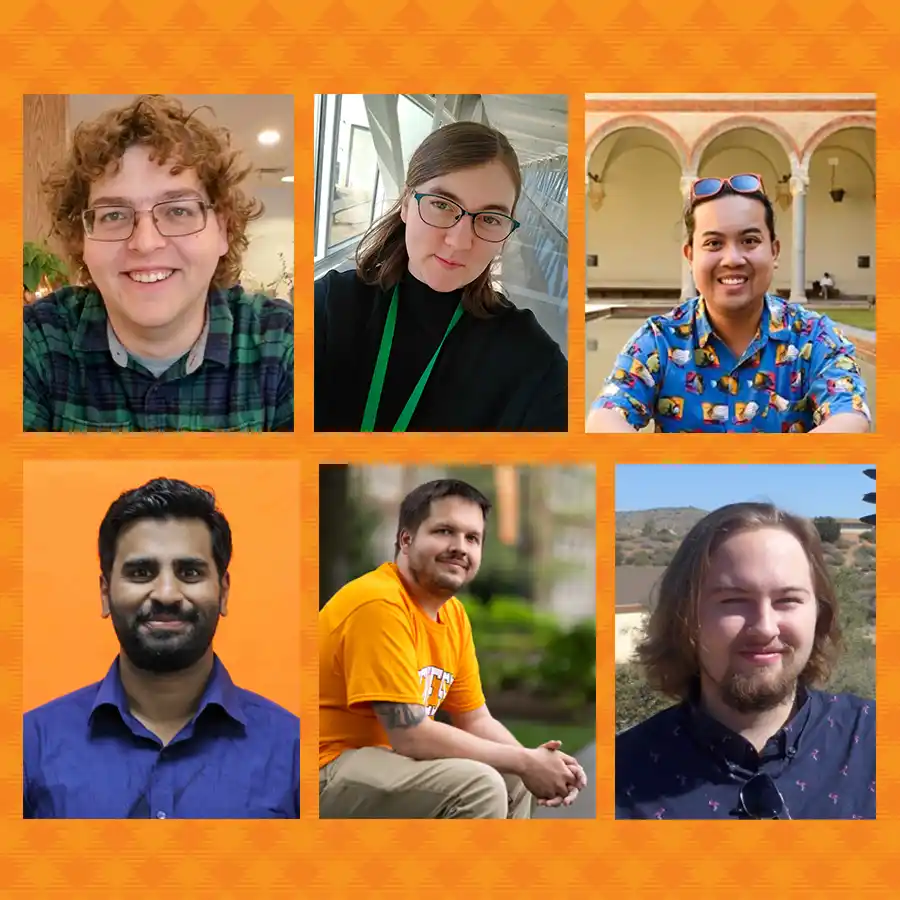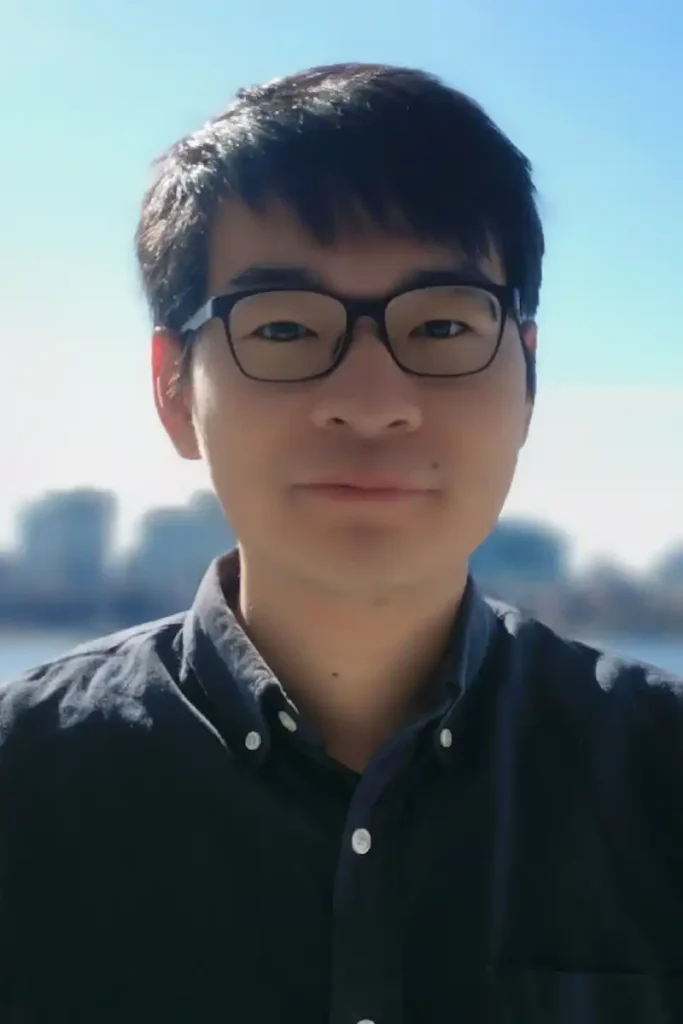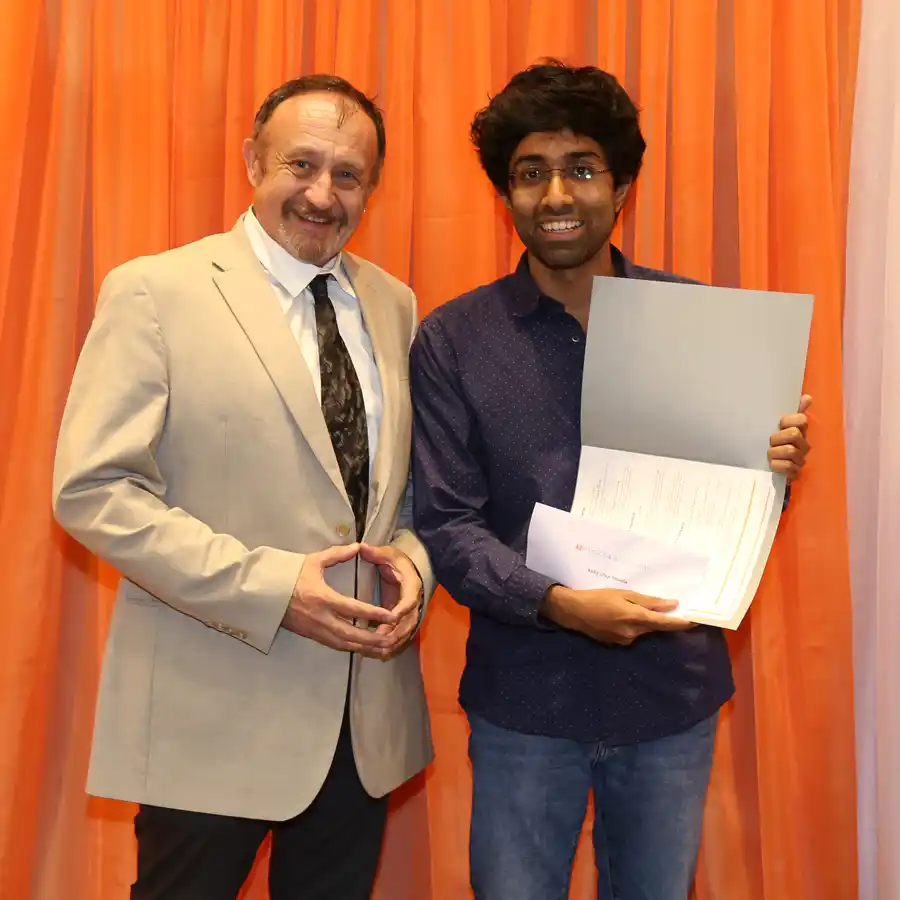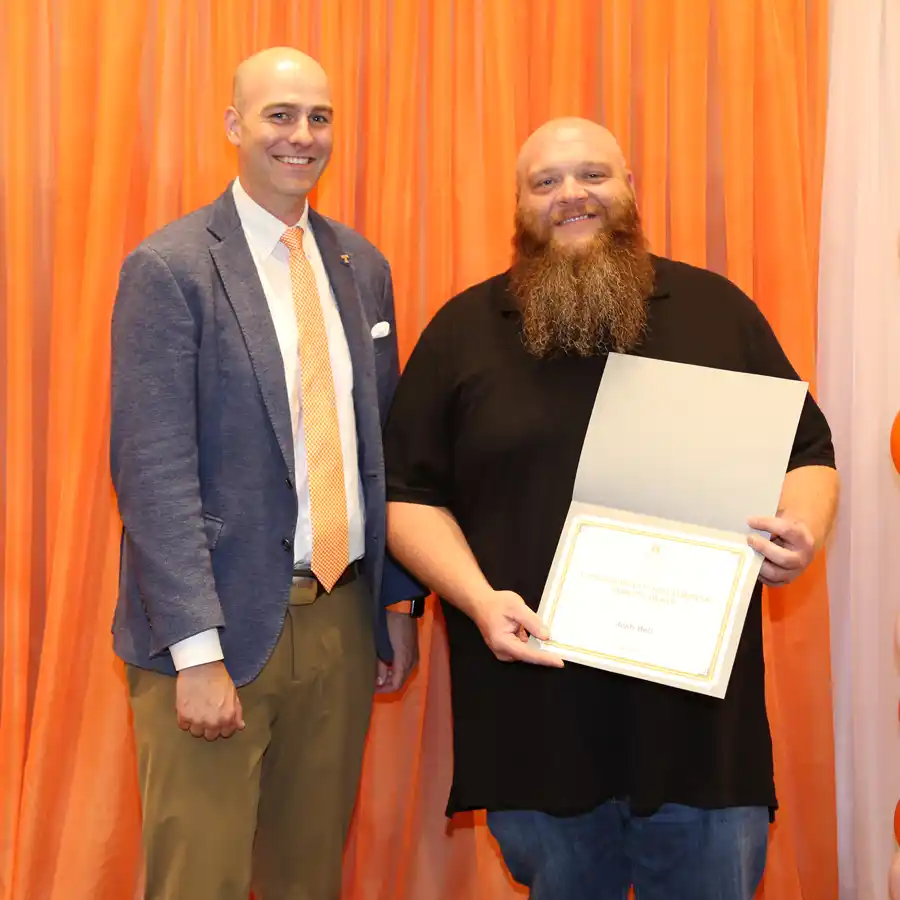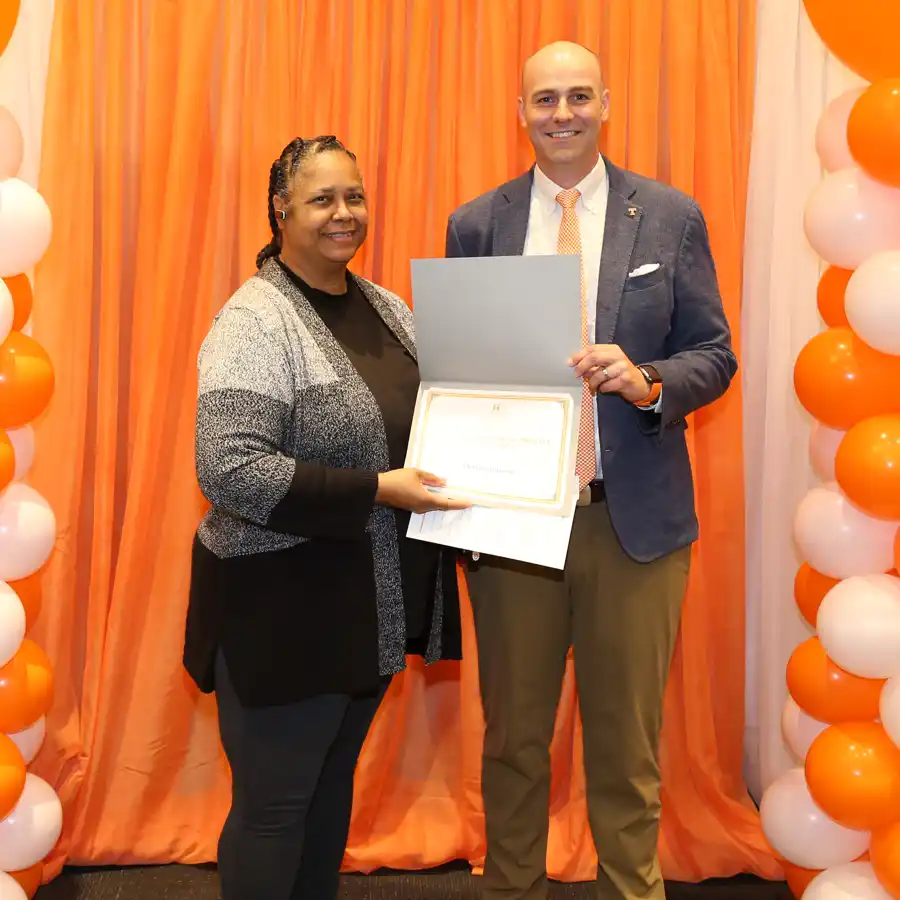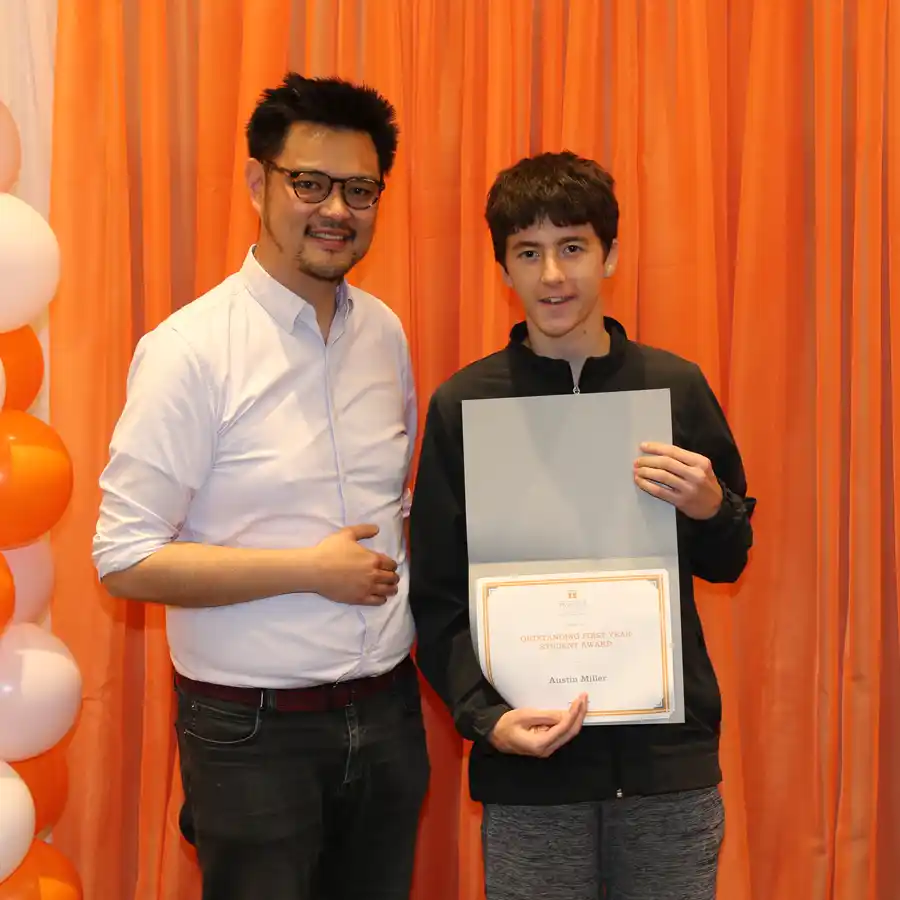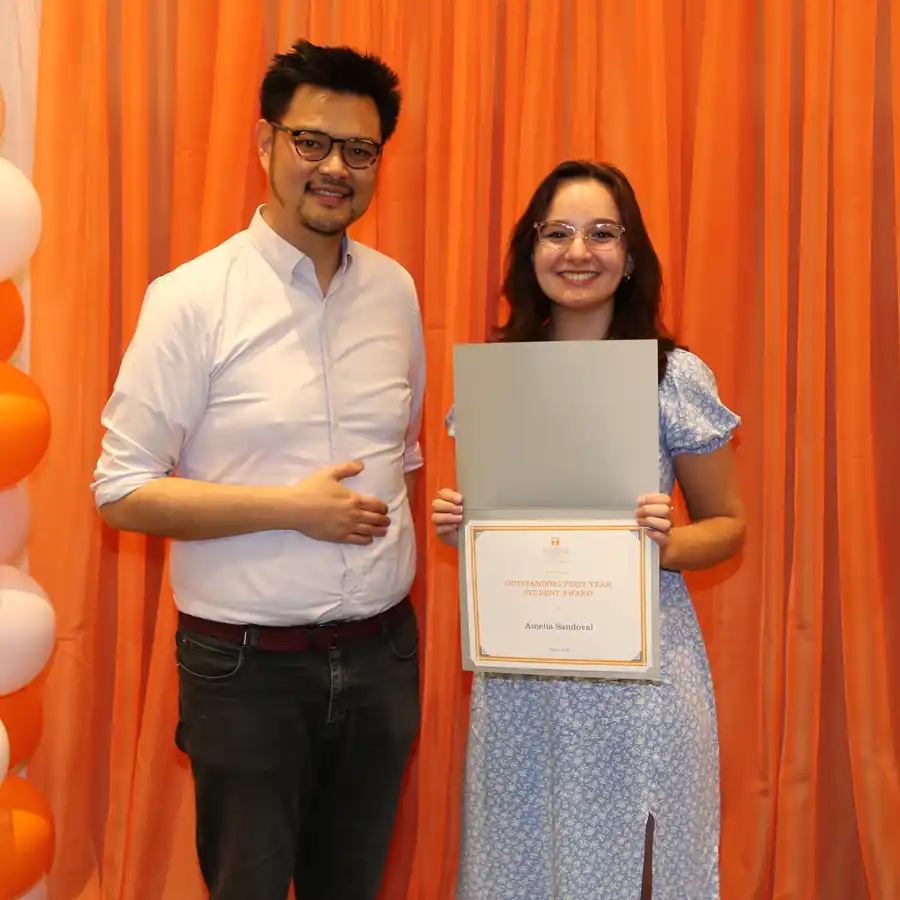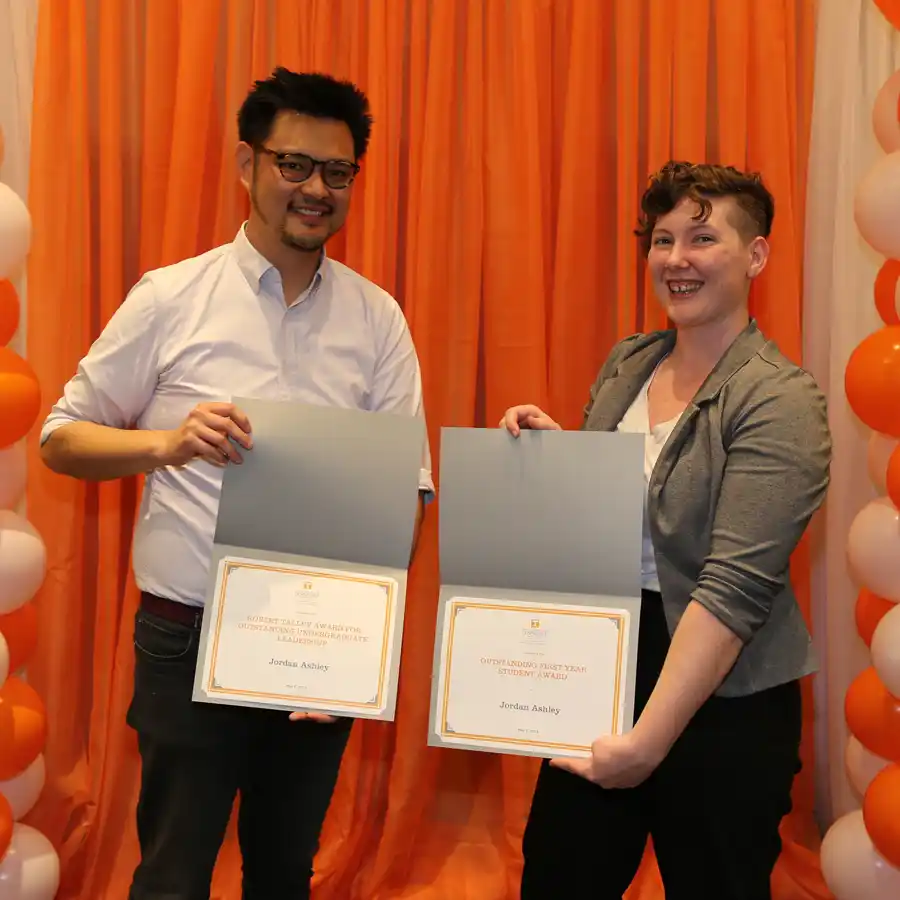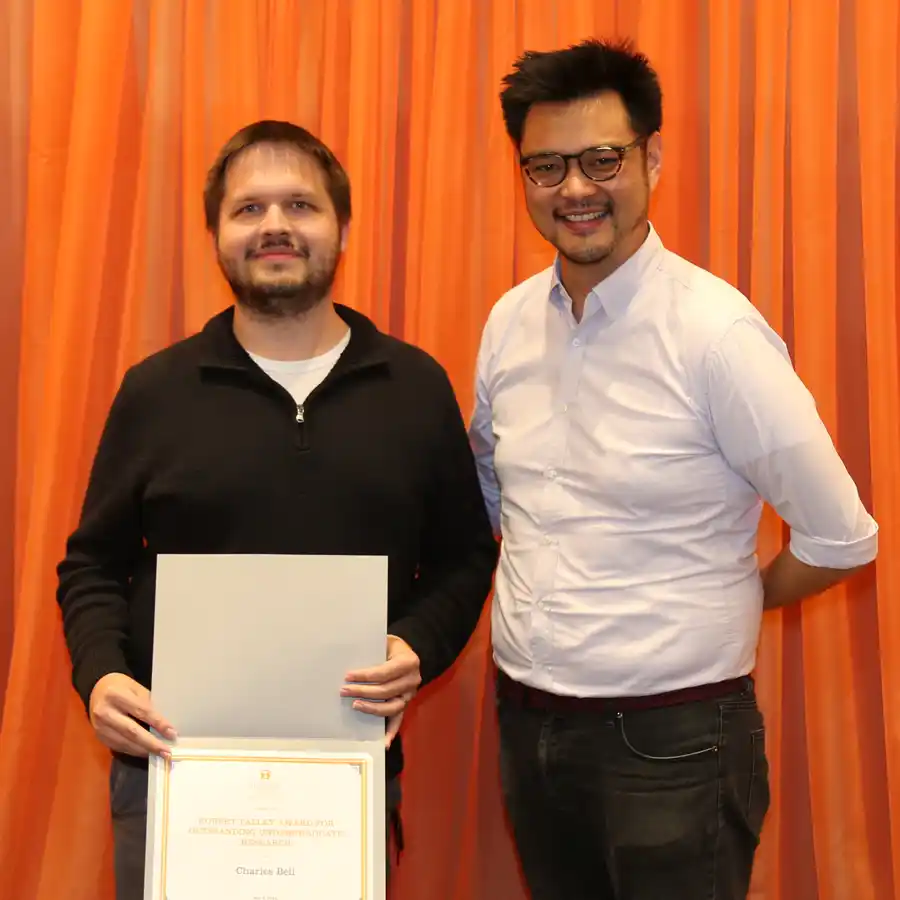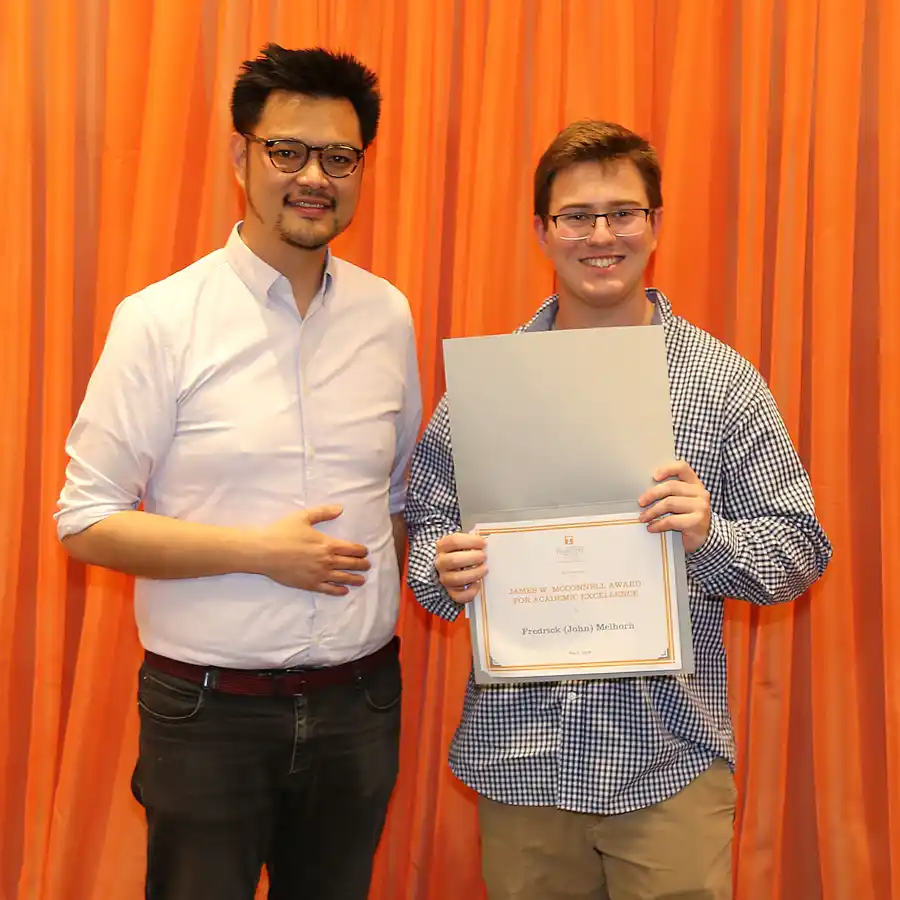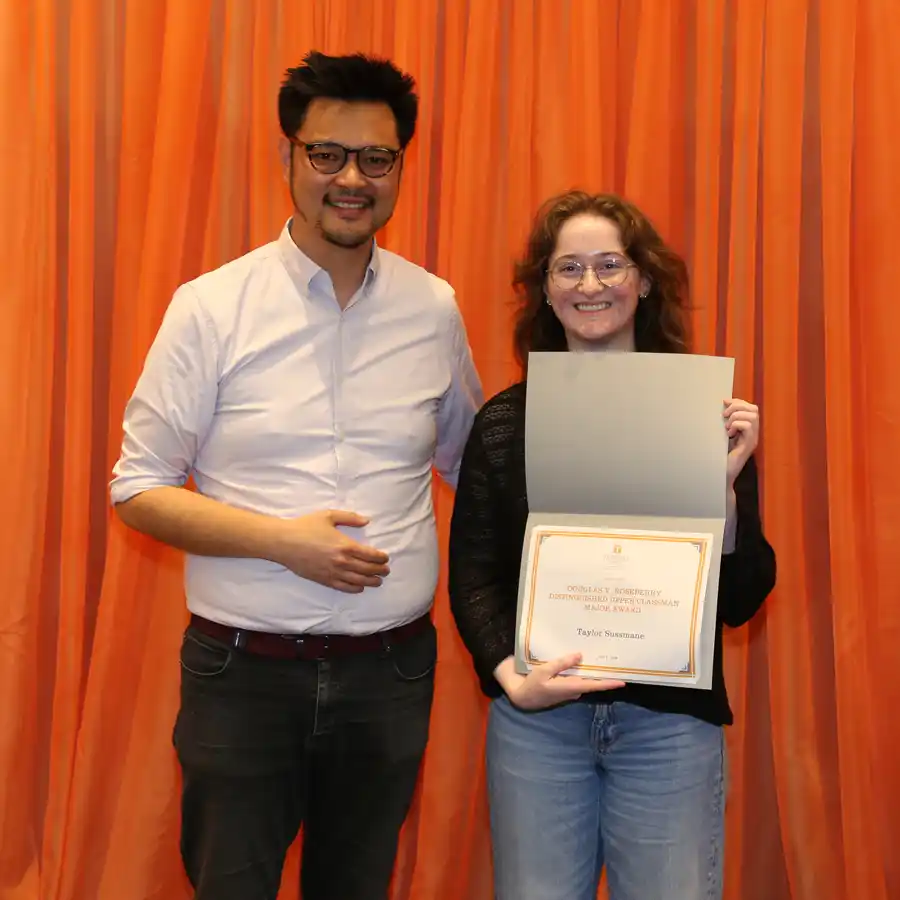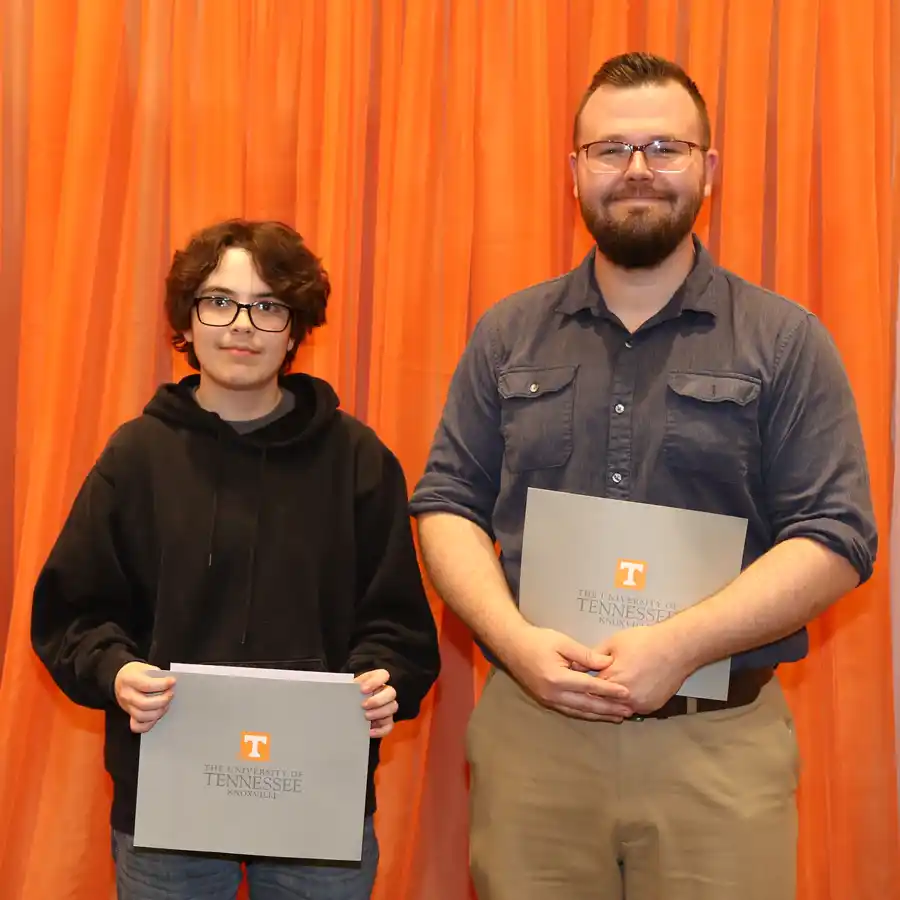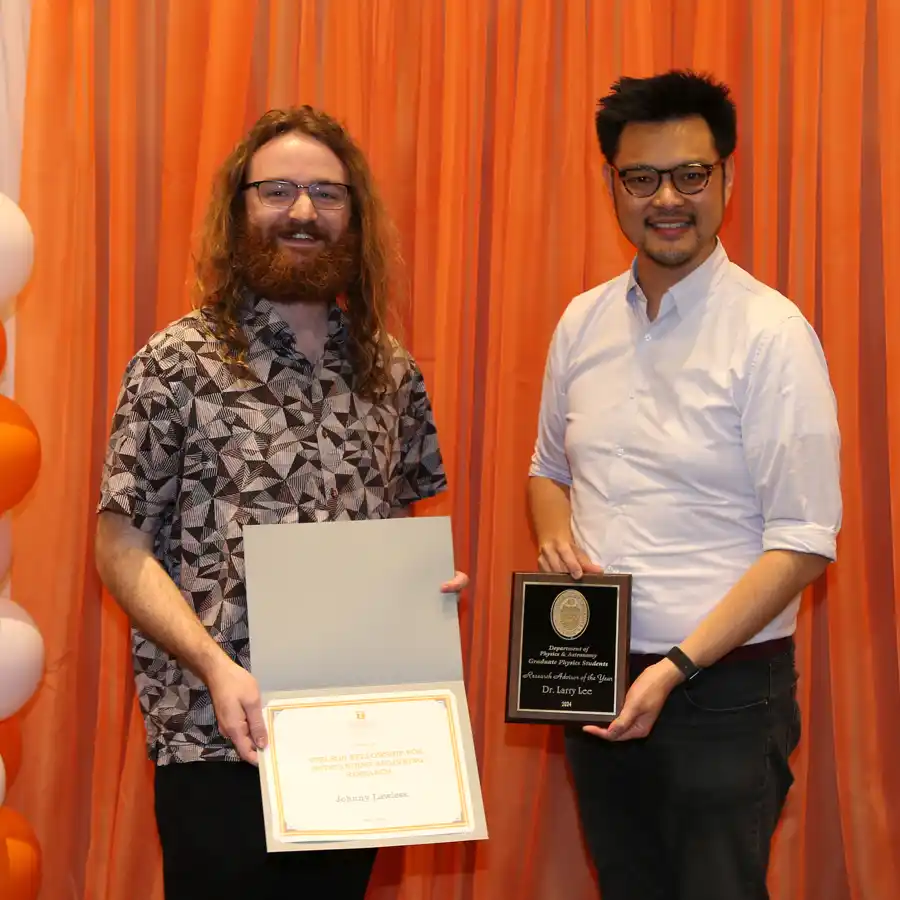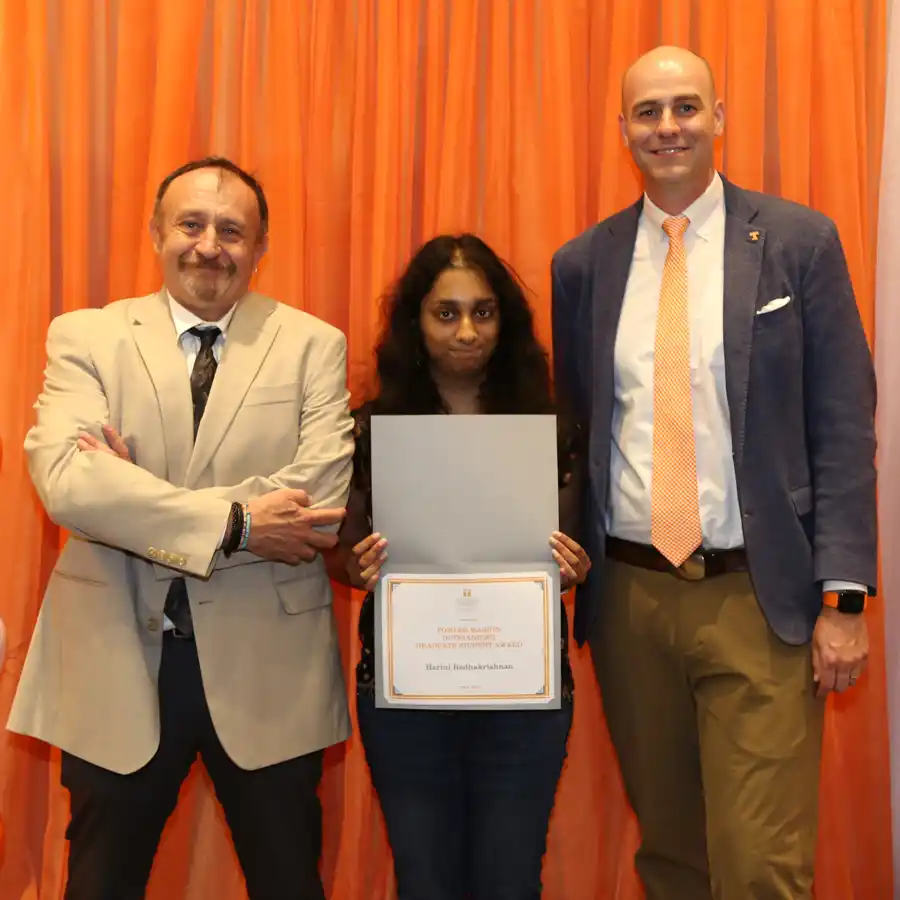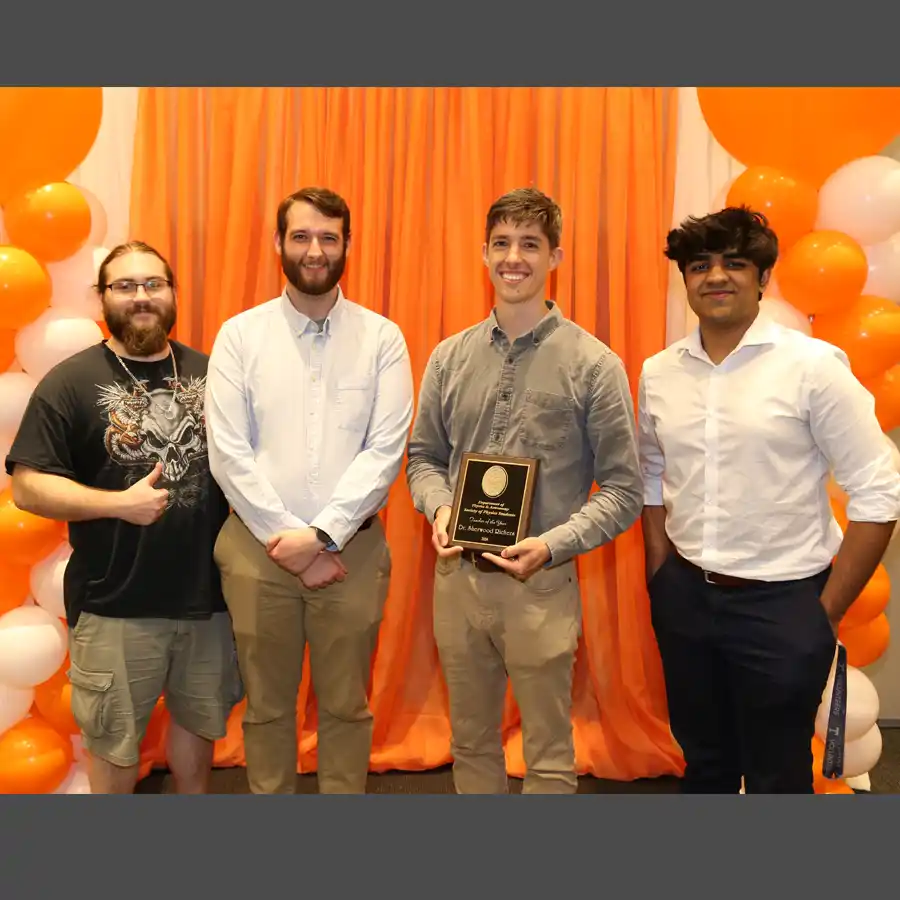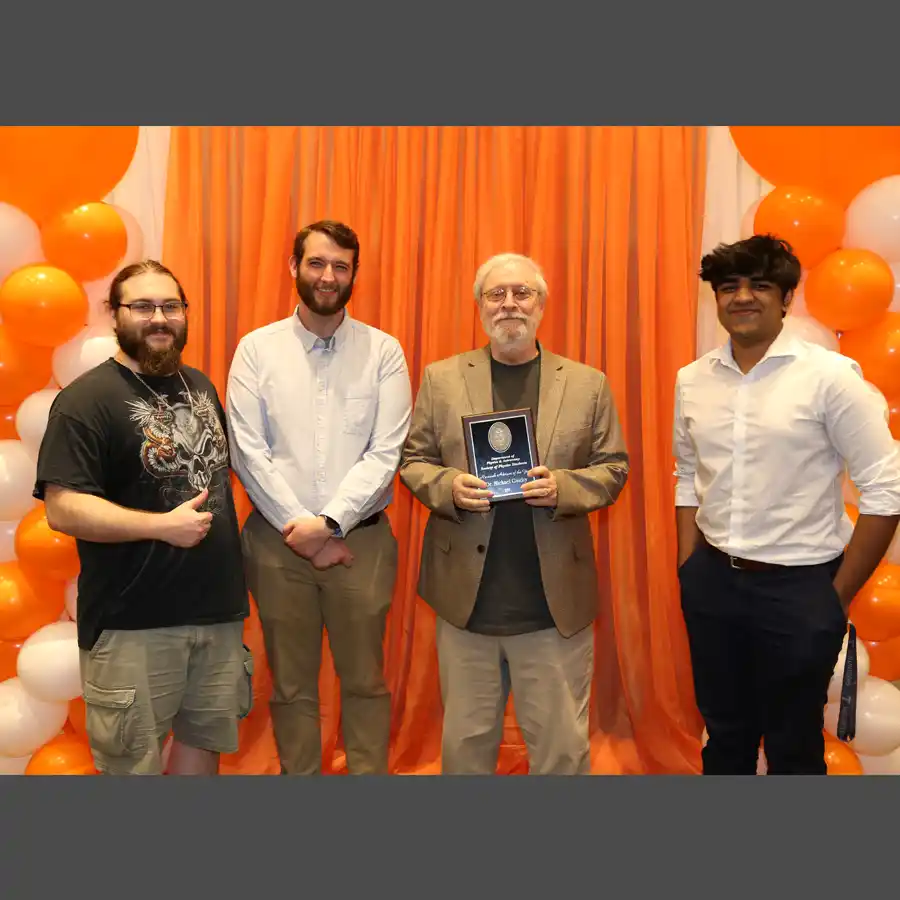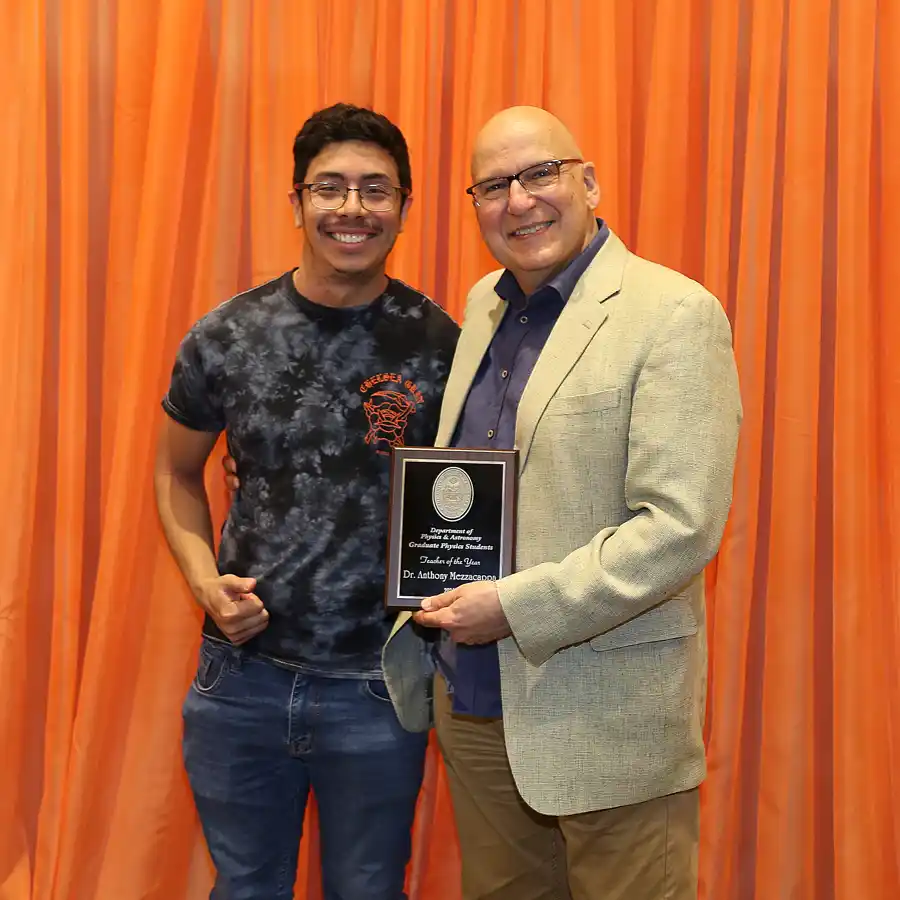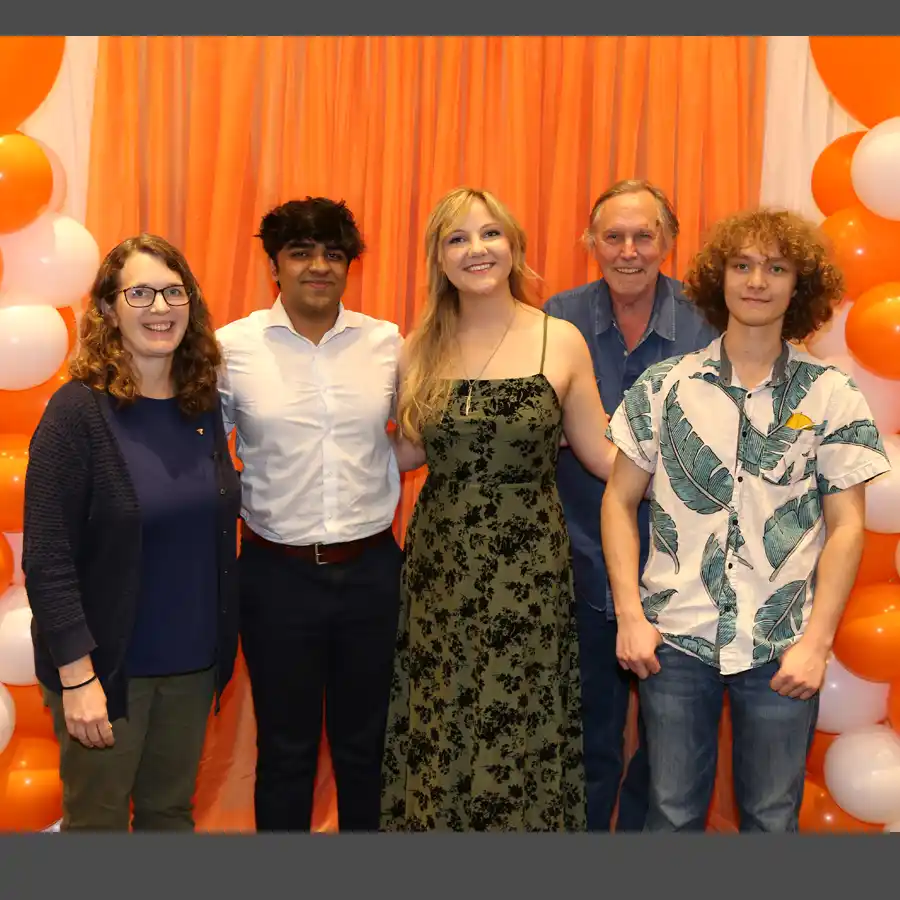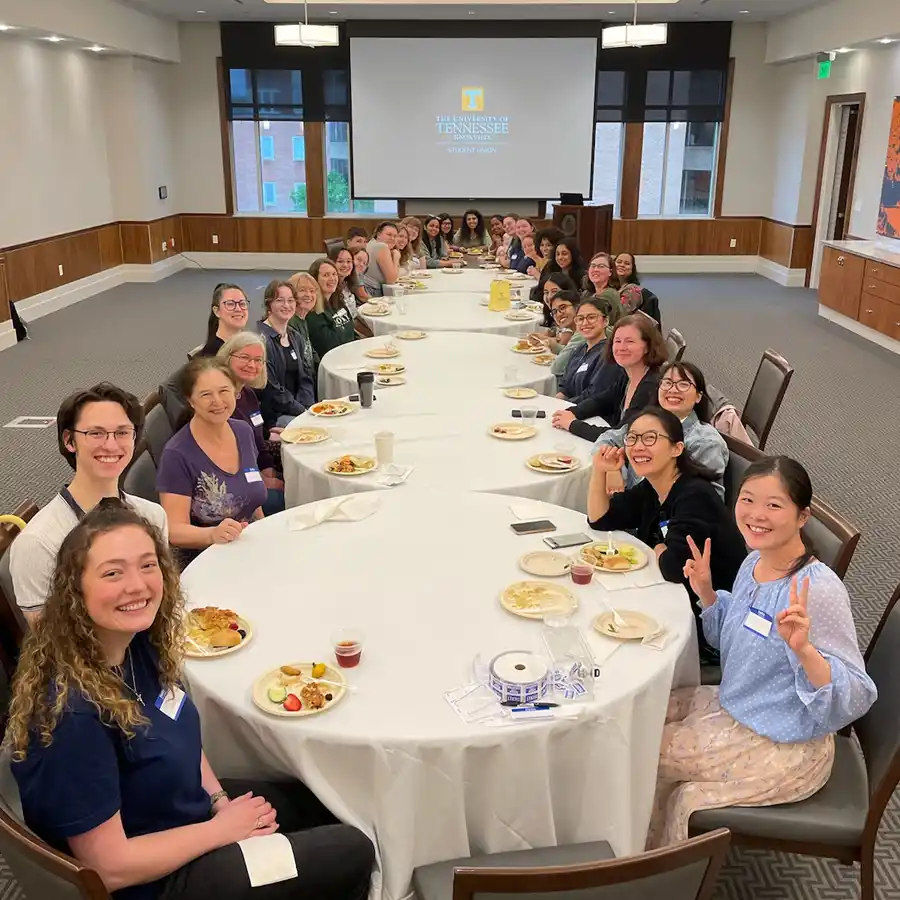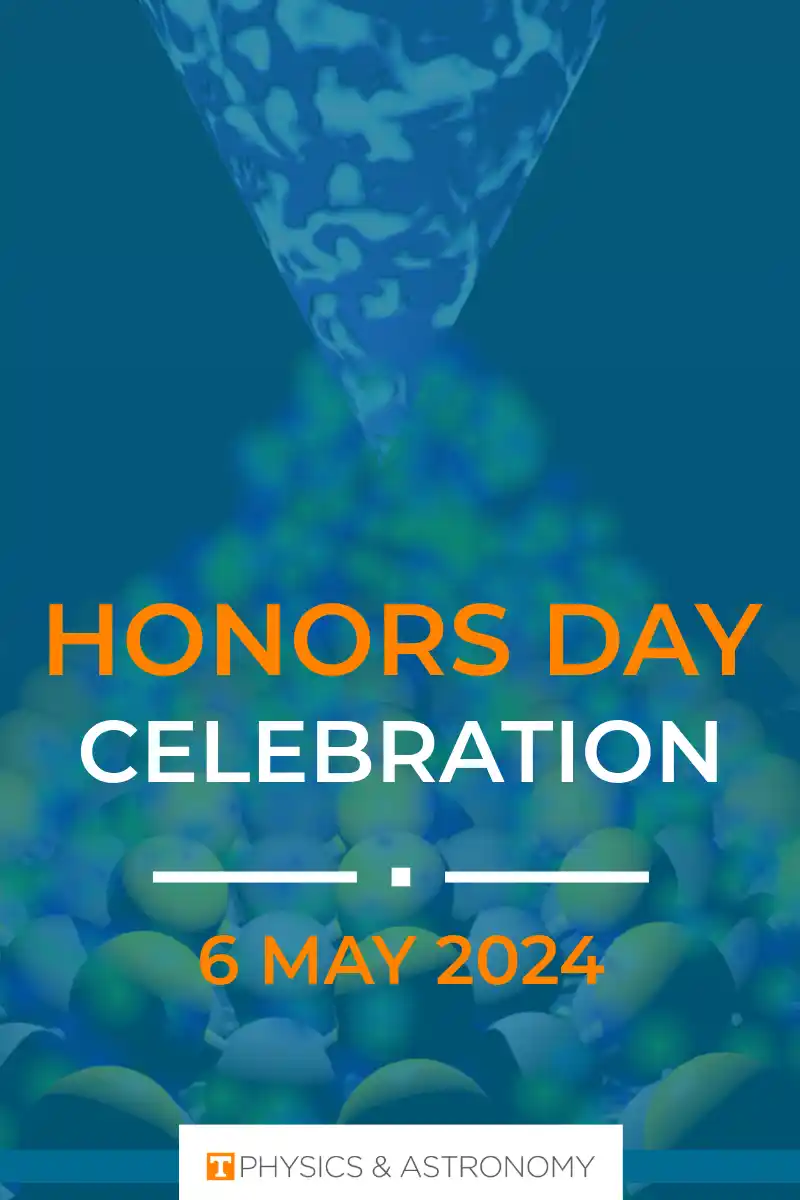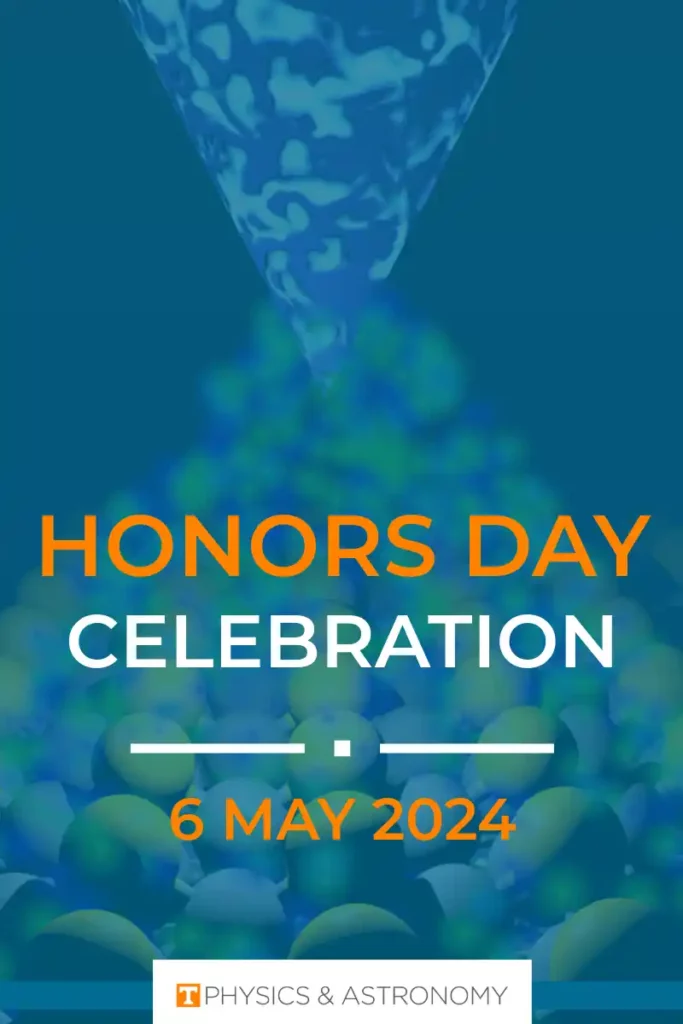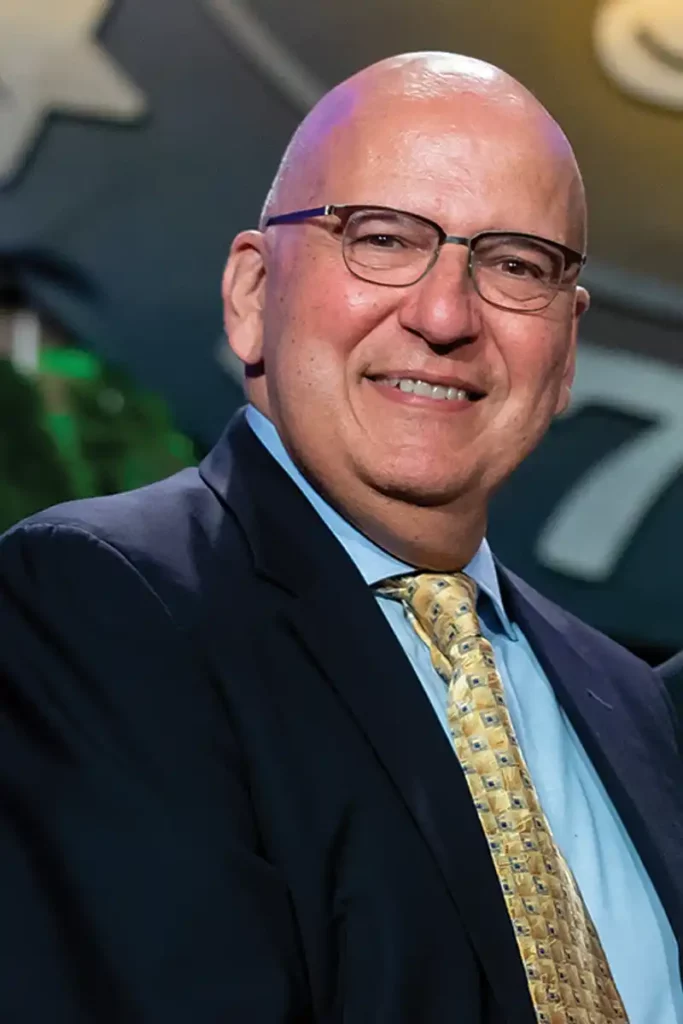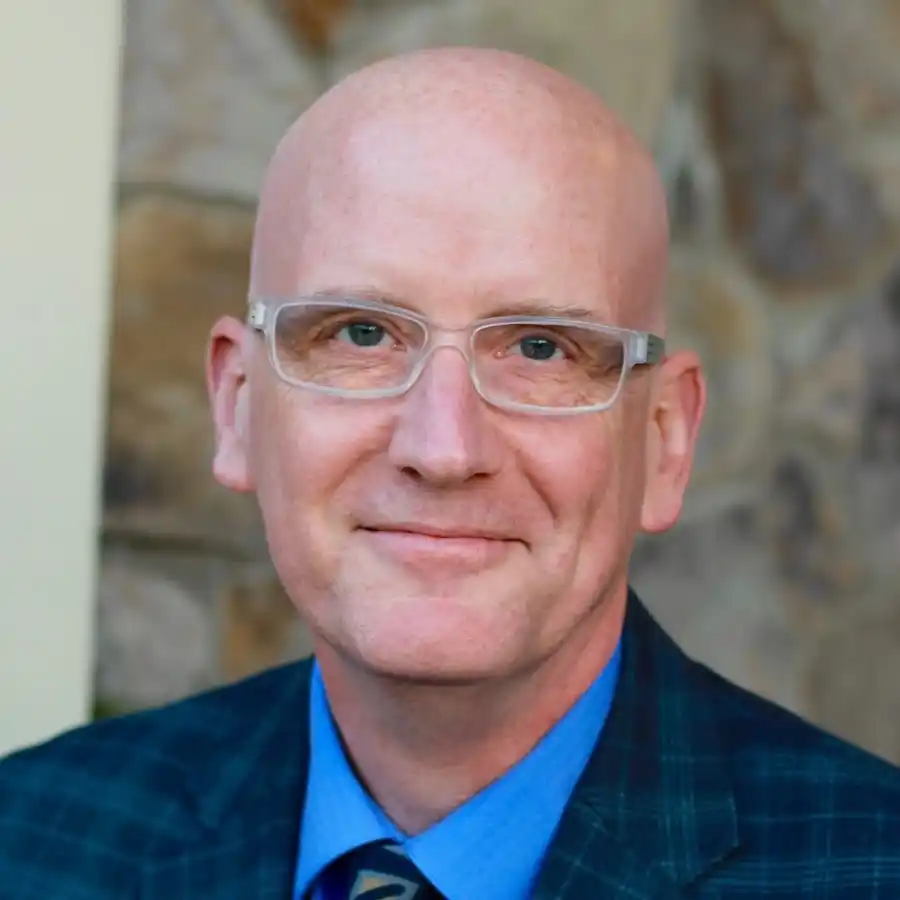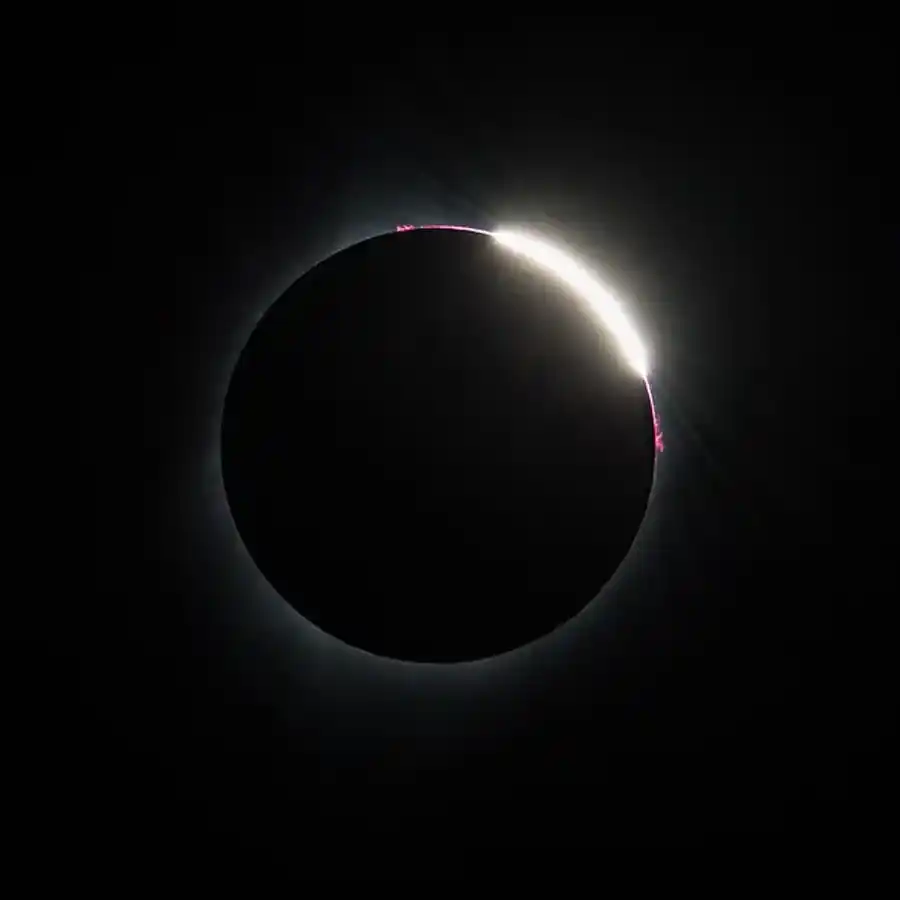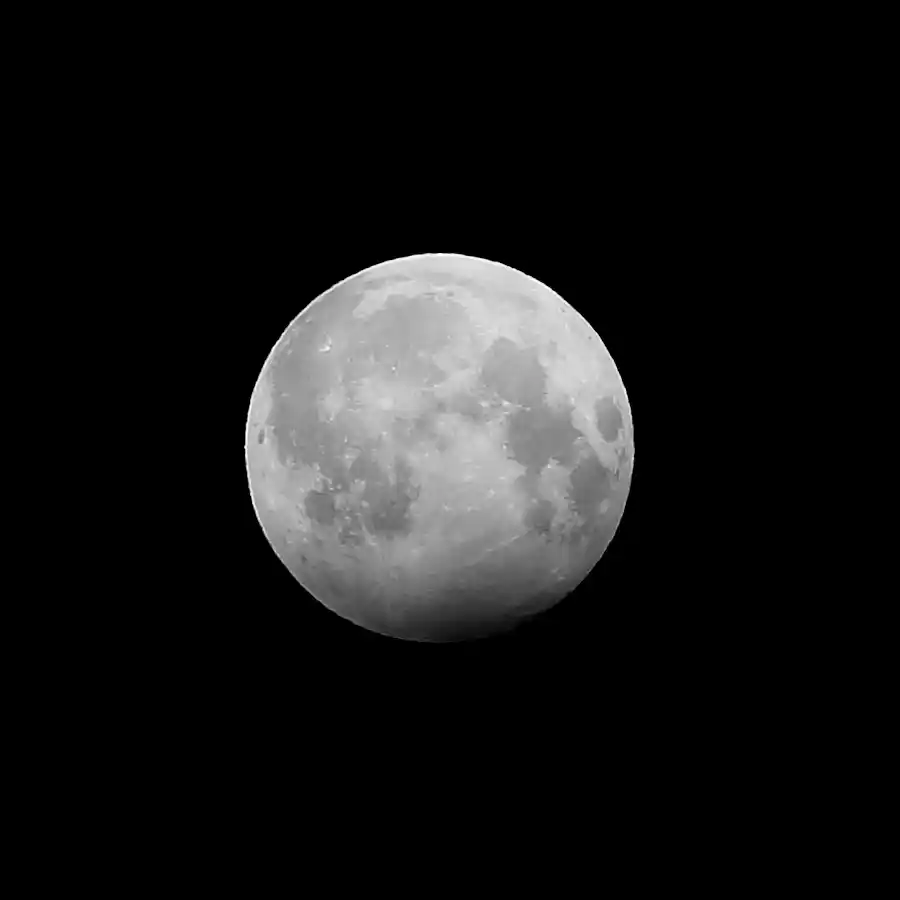Knowledge (Gained from) Gaps
A persistent shell gap, an impressive instrumental performance, and important student contributions all lead to another PRL for UT’s nuclear physicists

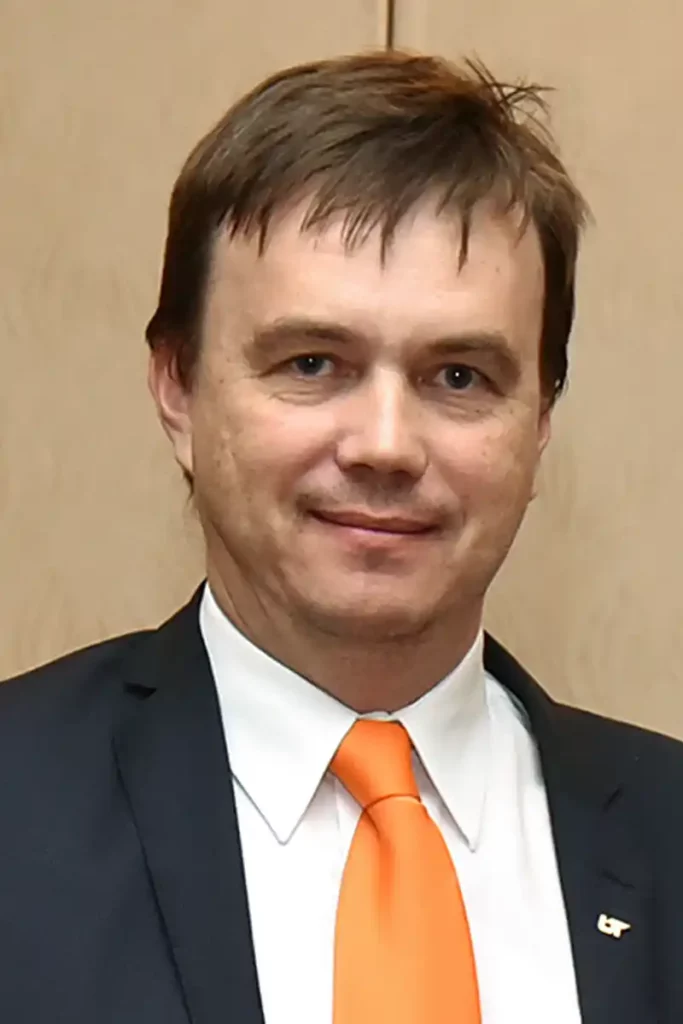
Ian Cox is proof that you don’t always have to travel far to go a long way. He grew up in Knoxville, graduated from Hardin Valley Academy, and came to UT on a physics scholarship. Now he’s finishing a PhD in nuclear physics with Professor Robert Grzywacz and is first author on a Physical Review Letters publication detailing a new approach to understanding exotic nuclei.
A Touch of Magic
Researchers from 13 universities and five national laboratories collaborated on this investigation at the Facility for Rare Isotope Beams (FRIB), a premiere research hub at Michigan State University. The nucleus is the heart of every atom, and since 2022 FRIB has produced hundreds of rare isotopes so that scientists can unearth how the most exotic nuclei hold together or decay. FRIB explores this unknown territory by creating extremely imbalanced and short-lived assemblies of protons and neutrons, helping physicists gain a deeper understanding of these quantum mechanical systems. The more complete that picture, the greater the likelihood scientists can predict how nuclei form, what their properties are, and how those properties can be of use. In this case, the starring isotope was chlorine-45. With 17 protons and 28 neutrons, it has a touch of what physicists categorize as magic.
Protons and neutrons in a nucleus are known collectively as nucleons and they’re arranged in shells. When they appear in certain numbers (2, 8, 20, 28, 50, 82, and 126), scientists call them “magic” because they fill complete shells and make the nucleus more stable (although that may be a lifetime of only a few milliseconds). Magic numbers are like sentinels in what’s known as the valley of stability. A proton or neutron count with a magic number (as in chlorine-45) resides at the border, where on one side you have nucleons bound strongly enough to hold the nucleus together and on the other their imbalance causes it to fall apart. This isn’t always straightforward, however. Magic numbers change for nuclei rich with neutrons, and scientists want to know how that alters the shell structure.
In this experiment the scientific team found that the beta decay of chlorine-45 converts one of its 28 neutrons to one of the 18 protons in argon-45. This lies outside the magic threshold of a 20-proton shell, creating a particularly unstable, unbound system. Grzywacz said “the experiment provided a unique method to study how the protons behave in a very neutron-rich nucleus. Understanding the persistence of nuclear shell gaps is crucial to describe the properties and formation of atomic nuclei.”
A Nuclear Symphony
A combined arrangement of innovative tools, talent, and effort made this work successful.
“This was an important experiment because we tried a lot of new things,” Grzywacz said.
His team was particularly pleased to use the full capabilities of the FRIB Decay Station Initiator (FDSi) for the first time. Grzywacz is the spokesperson for the FDSi, a years-long collaboration that designed, built, and implemented a modular combination of beta, neutron, and gamma-ray detectors to measure the decay of the most exotic nuclei produced at FRIB.
The FDSi played a crucial role in determining the complete decay pattern of chlorine-45. Cox identified the isotopes in this experiment as interesting candidates to show what the decay station could do. A key element was the two-focal plane detection system, which allows for simultaneous measurements and ultimately a combined and consistent data analysis that wouldn’t be possible with a single multi-detector system.
This is what Grzywacz called a scientific “symphony,” where “the instruments combined produce a different result than if played separately and individually.”
That metaphor extends to the scientists involved in the experiment.
Cox and Zhengyu Xu (a UT postdoctoral research associate) helped install FDSi at FRIB from the ground up. They’ve supported every FDSi experiment since, and led the analysis on the work published in PRL. Wei Jia Ong of Lawrence Livermore National Laboratory (LLNL) directed the measurement. Her interest was to measure decay of another isotope, calcium-54; this experiment was a prelude to the 2024 measurement.
Navigating multiple instruments and working with a large team were part of the learning experience for Cox.
“Working at FRIB on FDSi, I have learned a great deal about the complex nature of radioactive ion beam facilities and specifically the challenges which come with combining multiple different detector systems for a single experiment,” he said. “The varying types of detectors require a large collaboration of researchers, each with their own expertise to handle the individual detector systems, while also having to work together to ensure a successful experiment.”
Cox explained that frustrations could arise while everyone was trying to optimize their system in a limited amount of time. However, he found that having a sizable collaboration was helpful because in the end, working together, smaller groups could focus on individual detectors. Sharing the responsibility meant the science moved forward more seamlessly. This is the fourth publication based on FDSi findings and the third published in PRL.
To See the World, Stay Close to Home
Cox stayed in Tennessee for his education and ended up travelling far and wide. In addition to FRIB, he’s worked at the Radioactive Isotope Beam Factory at RIKEN in Japan and presented his research at conferences all over the world. He arrived on campus with a William Bugg Physics Scholarship and a spot in the Chancellor’s Honors Program. Over his undergraduate and graduate studies, he won the department’s Robert Talley Award for Outstanding Undergraduate Research, secured a Graduate Advancement and Training Education Fellowship from the UT-Oak Ridge Innovation Institute (UT-ORII), and won the department’s Paul Stelson Fellowship for Professional Promise in recognition of his outstanding research contributions as well as his departmental citizenship.
He plans to finish his PhD this summer and work in either the private sector or at a national laboratory. Whatever comes next, his time at UT has prepared him well, especially with the nuclear research group collaborating at laboratories in different states and countries.
“I have really enjoyed both travelling all over the world, for participating in experiments and presenting results, and the ability to meet many different researchers from all corners of the globe,” Cox said. “I believe this will greatly help me in my career, as I have been able to form many connections and establish myself as a young scientist.”

